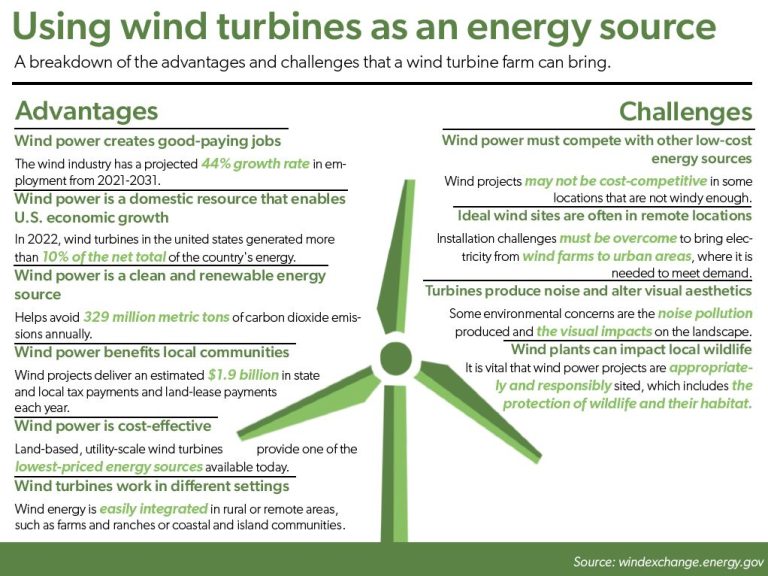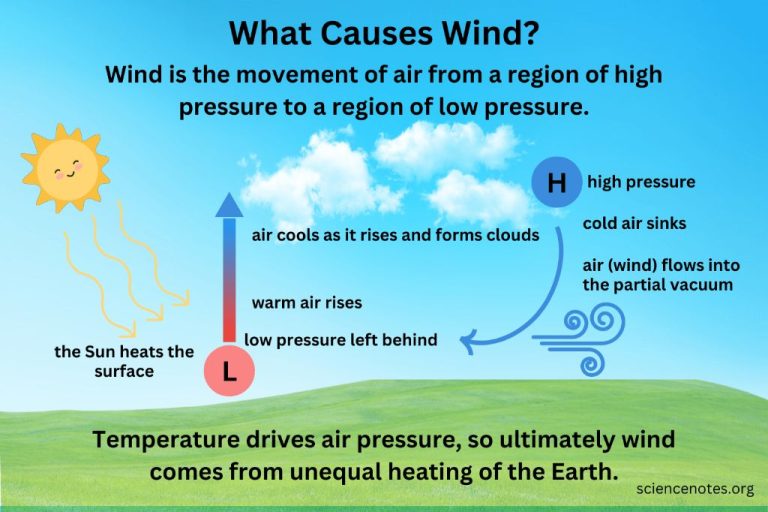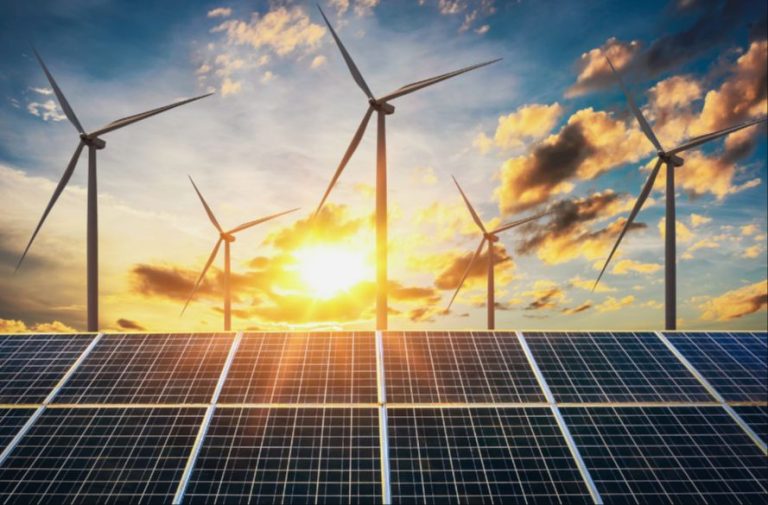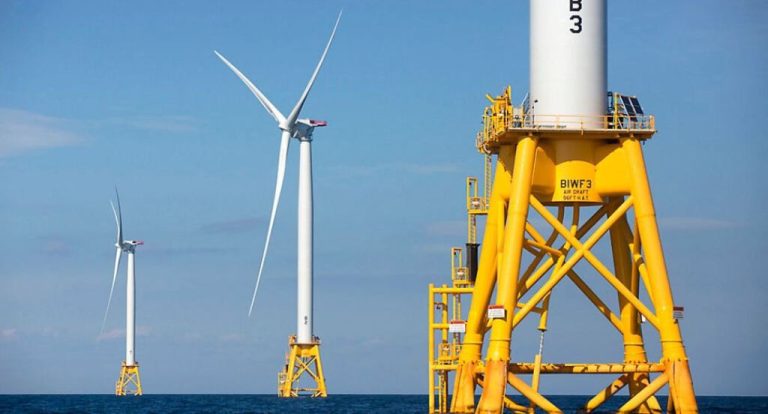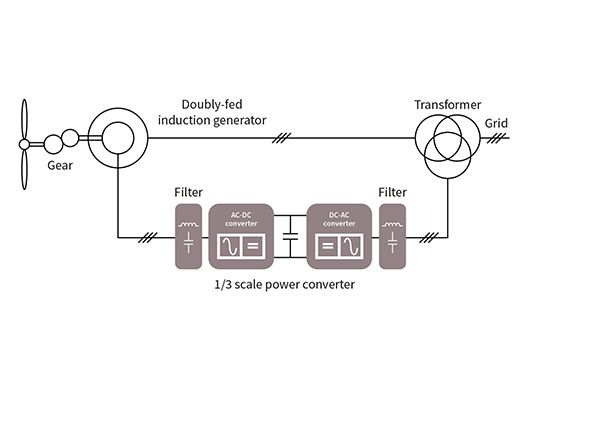Which Primary Energy Sources Are Considered To Be Intermittent?
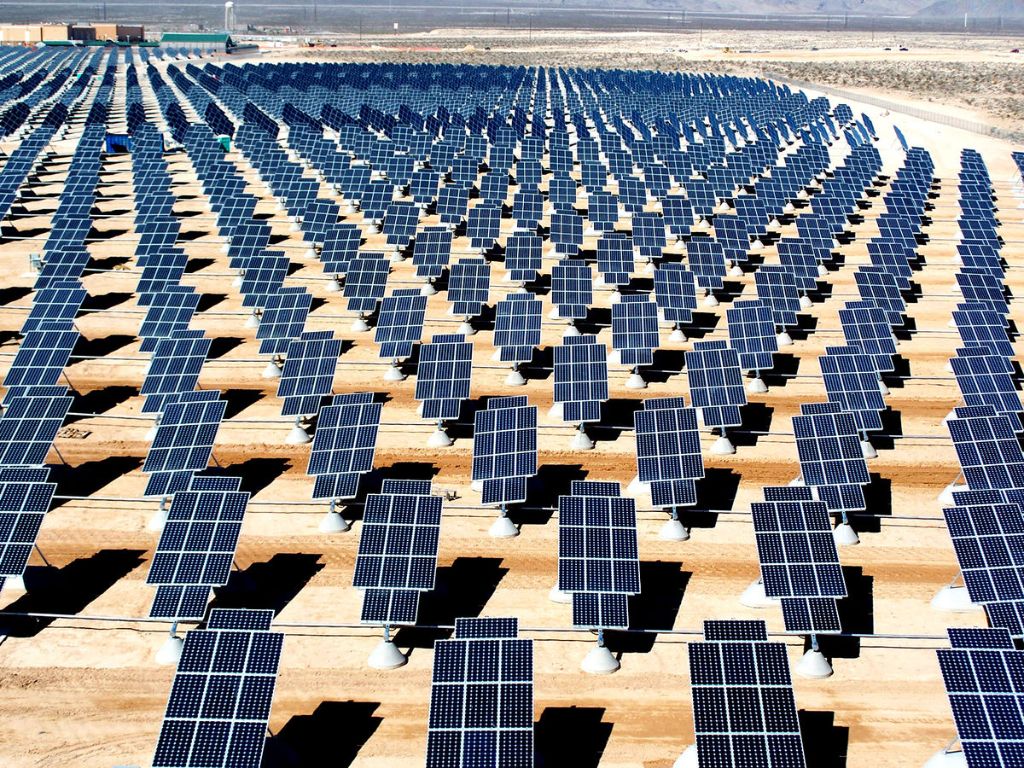
Intermittent energy sources refer to renewable energy sources that are not continuously available due to natural fluctuations and variability. The most common intermittent renewables are solar, wind, wave and tidal power. Intermittent energy sources are increasingly important as many countries transition their energy mix towards renewable sources to reduce carbon emissions and mitigate climate change. However, the variability of intermittent renewables poses challenges for integrating them into the electric grid. Understanding intermittent energy is key to developing solutions to manage the variability and ensure a reliable supply of renewable energy.
Solar
Solar energy is considered an intermittent renewable energy source because it relies on sunlight, which varies depending on location, time of day, season, and weather conditions (Source). The amount of solar irradiation that reaches the Earth’s surface is not constant. Solar power systems do not produce electricity at night, and output can drop on cloudy days or during storms. This intermittency presents challenges for integrating large amounts of solar generation onto the electric grid.
The pros of solar energy include its abundance and wide availability. Solar technologies like photovoltaics can also be easily scaled to suit a wide range of applications from small rooftop systems to utility-scale solar farms. However, solar is limited geographically by latitude and regional climate. Solar electricity generation is more effective in sunnier latitudes near the equator and less effective far north or south where there are shorter winter days and longer winter nights (Source). The intermittent nature of solar must be planned for through energy storage, demand response, geographic distribution, and intelligent grid integration.
Wind
Wind power is considered an intermittent energy source because it depends on the speed of the wind, which can vary greatly over time and location. Wind turbines only generate electricity when wind speeds are within their operational range, typically between 7-25 mph for utility-scale wind turbines [1]. As a result, wind power output can fluctuate from hour to hour, day to day, and season to season.
The intermittency of wind poses challenges for integrating large amounts of wind energy into the electric grid. Additional short-term reserves or storage may be needed to accommodate changes in wind generation [2]. However, wind’s variability can be forecasted to some degree, allowing grid operators to plan ahead. Combining wind with other renewable sources, energy storage, and grid modernization can also help address intermittency.
The most viable locations for wind turbines are areas with consistently strong winds, such as plains, hilltops, and coastal areas. However, many high-wind areas are remote or offshore. Transmission infrastructure is needed to deliver the electricity to population centers. Overall, wind power produces no direct emissions and is one of the lowest priced renewable energy technologies [3]. But its variability and geography-dependence are key limitations.
Hydropower
Hydropower is considered an intermittent renewable energy source because its availability depends on water levels, which can vary seasonally and annually. According to the National Academy of Sciences, “unlike other renewable energy sources, such as wind and solar, hydropower is not intermittent.”[1] However, hydropower output does fluctuate based on water availability, which is affected by weather patterns, climate change, and seasonal snowmelt.[2]
During dry seasons or droughts, less water flow reduces hydropower generation. Reservoirs and dam water levels can drop significantly, curtailing electricity output. For example, hydropower generation in California fluctuated from 14% to 6% of in-state generation between a wet year in 2017 and a dry year in 2021.[3] Overall, hydropower is generally reliable but can have intermittent periods when water availability declines.
Wave & Tidal
Wave and tidal power are forms of intermittent electricity that rely on the natural movements of ocean waves and tides. They derive energy from the kinetic motion of waves and the rise and fall of tides caused by the gravitational forces of the moon and sun.
The amount of energy generated from wave and tidal sources depends heavily on weather conditions and tidal cycles. Wave power relies on wind and storm activity to produce large waves. Tidal power relies on the daily and monthly tidal cycles, which are generally predictable but can vary in intensity.
Overall, wave and tidal energy have highly variable and intermittent outputs compared to sources like solar or wind power. They cannot produce electricity 24/7 and rely heavily on natural ocean cycles. However, when implemented in areas with optimal conditions, they can provide a steady, forecastable source of renewable energy when integrated into a diverse energy grid.
Challenges of Intermittent Renewable Energy
The intermittent nature of renewable energy sources like solar and wind presents reliability challenges for the electrical grid. As this article explains, renewable sources are variable and unpredictable, disrupting conventional grid operation planning. Output from solar depends on sunlight availability and wind turbines generate power only when the wind blows at sufficient speeds. This unpredictability makes it difficult to perfectly match power supply with demand.
Sudden drops in renewable generation can jeopardize grid stability and cause frequency fluctuations or even blackouts if backup reserves are insufficient, as noted here. Intermittency also complicates integrating large amounts of renewables, requiring grid modernization and upgrades to manage two-way flows. The challenges are surmountable but require robust solutions to maintain reliability as renewables gain market share.
Solutions
There are several potential solutions for overcoming the intermittency challenges of renewable energy sources like solar and wind power. These solutions aim to provide more predictability and reliability.
Energy storage is a key solution. Batteries and other storage technologies can store excess renewable energy when supply exceeds demand. Then this stored energy can be used later when renewable output is lower. For example, excess solar energy during the day can charge batteries, and that stored energy can be used at night when solar output is zero. Pumped hydro storage and compressed air storage are other large-scale storage methods.[1]
Improving renewable energy forecasting is another important solution. With more accurate forecasts of wind and solar output, grid operators can better plan to have backup capacity ready when needed. Weather forecasting improvements and modeling of renewable energy systems can enable better renewable output predictions.[2]
Utilizing a diverse mix of renewable sources can also help balance out variability. Wind, solar, hydro and geothermal energy may have different generation profiles based on weather, time of day, and geography. Combining multiple intermittent sources can provide more consistent overall supply.[3]
Future Outlook
Researchers are advancing solutions for minimizing the intermittency issues of renewable energy sources in the future. There are promising advancements in energy storage capabilities that can help smooth out the variability in energy generation from sources like solar and wind. For example, battery storage technologies continue to develop rapidly, with declining costs and increasing energy density over time [1](https://www.bpa.gov/energy-and-services/efficiency/demand-response/intermittent-renewable-energy). New forms of grid-scale storage like compressed air and pumped hydro storage are also expanding. Improved renewable energy forecasting will allow grid operators to better predict fluctuations and respond accordingly [2](https://blogs.scientificamerican.com/plugged-in/renewable-energy-intermittency-explained-challenges-solutions-and-opportunities/).
Another major opportunity is increasing interconnections over wider geographic areas to smooth out the variable output. For instance, cloud cover fluctuations are offset across solar arrays spread over hundreds of miles. Transmission networks that share power across regions further minimize the impacts of localized weather changes on renewable generation [3](https://www.sciencedirect.com/topics/engineering/intermittent-renewable-energy-resource). Overall, many experts anticipate the challenges of renewable intermittency will diminish in the future through a combination of storage, forecasting, grid flexibility, and geographic distribution advancements.
Regional Examples
Several regions around the world have embraced intermittent renewable energy sources and integrated high levels into their energy grids. According to the Climate Council, Denmark generated over 40% of its electricity from wind power in 2015. The country aims to reach 50% by 2020 and 84% by 2035.1
Costa Rica is another success story, with 98-99% of its electricity coming from renewable sources in 2015 according to the Climate Council. The country has taken advantage of its geography and installed a large amount of hydroelectric and geothermal plants to provide consistent renewable baseload power.1
According to Visual Capitalist data, Uruguay generated 46.7% of its electricity from solar and wind in 2020. With proper grid management and intermittent source forecasting, Uruguay has successfully integrated large amounts of variable power.2
Conclusion
To summarize, intermittent energy sources like solar, wind, hydropower, wave, and tidal power play an important role in the transition to renewable energy. While they present grid integration and variability challenges, these can be addressed through grid modernization, increased system flexibility, and energy storage solutions. Going forward, intermittent renewables will continue seeing strong growth globally, supported by technological improvements, declining costs, and supportive policies. Although managing higher levels of intermittency poses complex challenges, solutions exist to harness the enormous potential of these renewable resources in building a clean, sustainable energy system.

